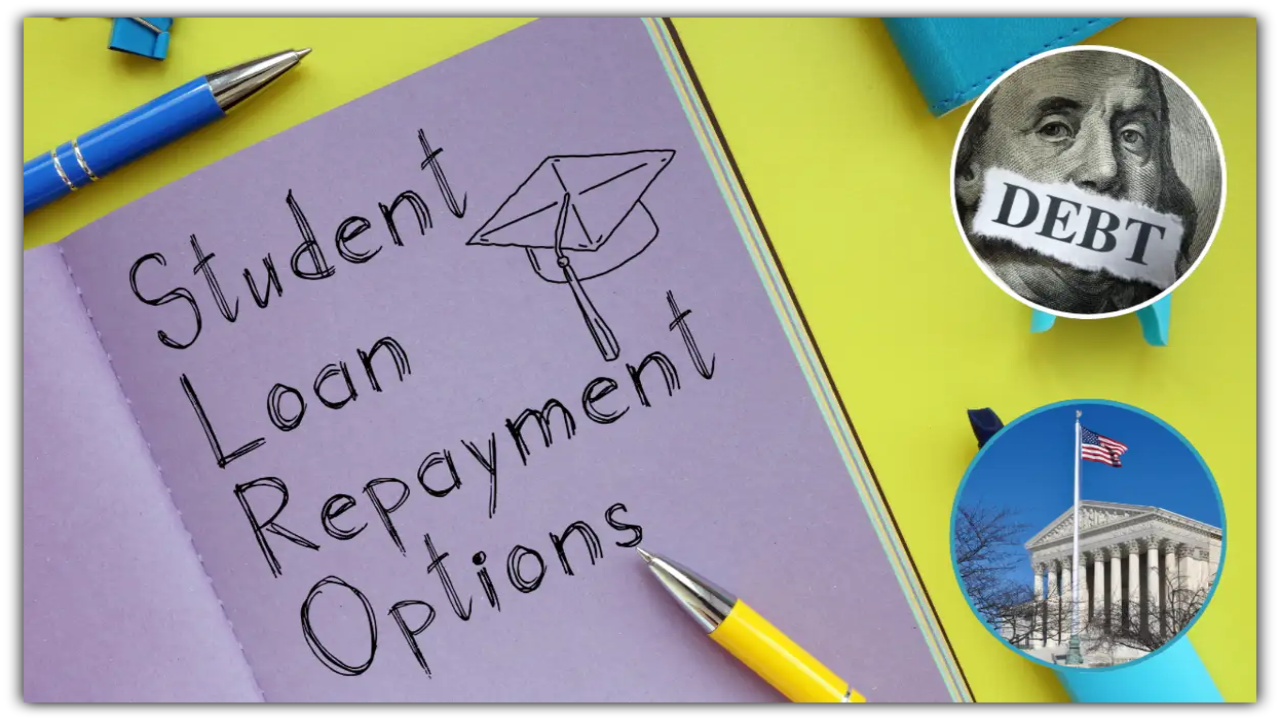Student Loan Payments Are Coming Back—Here’s What SAVE Borrowers Need to Know Before It Hits
If you’re on the SAVE repayment plan and your student loan payments are currently paused, you’re probably wondering when the bills are coming back—and how much they’ll actually be.
Let’s walk through it together, in plain language.
First Things First: When Do Payments Start Again?
Right now, a lot of borrowers on the SAVE plan aren’t making any payments at all. That’s because of a legal battle over the plan, and the government has placed those loans into temporary forbearance. During this pause:
-
You don’t have to make payments
-
Interest isn’t building up
-
It’s kind of like your loan is in “sleep mode”
The latest update from the Department of Education says that payments for SAVE borrowers probably won’t resume until late 2025, most likely around December. Of course, that depends on how the lawsuits play out, but for now, that’s the expected timeline.
What Is the SAVE Plan, Really?
SAVE stands for “Saving on a Valuable Education,” and it’s an income-driven repayment plan. That means your monthly payment depends on how much money you make—not how much you owe.
Here’s the breakdown:
-
If you only have undergraduate loans, you’ll pay 5% of your discretionary income.
-
If you’ve got a mix of undergrad and grad loans, you’ll pay somewhere between 5% and 10%, depending on the mix.
Now, discretionary income just means your income after subtracting a buffer. In this case, it’s anything you make above 225% of the federal poverty level—which gives you more breathing room compared to older plans.

So, How Much Will Your Payments Actually Be?
Right now, if your payments are paused, you’re probably paying $0 each month. Once the pause ends, that will change—but SAVE is designed to keep things manageable.
Let’s break down a couple of examples.
Example 1: You make $50,000 a year and you’re single
-
The government subtracts roughly $32,800 from your income before calculating your payment.
-
That leaves about $17,200 in discretionary income.
-
Under SAVE, you’d pay 5% of that—about $72 a month.
Example 2: You have a family of four and make $70,000
-
After subtracting about $67,500 (based on the poverty line for a family of four), your discretionary income is only $2,500.
-
Your payment would be 5% of that—around $10 a month.
So yes, your payments will likely go up from $0. But they’ll still be a lot lower than under previous repayment plans.
What’s the Comparison to Older Plans?
Before SAVE came along, plans like REPAYE or PAYE required you to pay 10% of your discretionary income. So if you were paying $150 a month before, SAVE might cut that down to $75.
That’s a big difference—especially if you’re trying to stay on top of rent, groceries, and everything else.
What You Should Do Right Now
Even though payments aren’t starting just yet, this is a good time to get ready.
-
Keep an eye on updates from StudentAid.gov. Things could shift depending on how the court cases unfold.
-
Use the loan simulator on the Federal Student Aid website to estimate your monthly payments. It’ll give you a clearer idea based on your actual income and family size.
-
Start planning your budget now. Even a small payment—like $50 a month—can catch you off guard if you’re not ready for it.
Payments for SAVE borrowers are paused right now, but they probably won’t stay paused forever. When the time comes, your payments will go up from zero, but SAVE is still one of the most affordable options out there—especially for low- and middle-income borrowers.
If you’re making around $50,000 a year, expect a monthly payment of around $70 to $75. Families earning more may still pay very little—or even nothing—thanks to the generous income protections built into SAVE.
The key is to stay informed, use the tools available, and start preparing early. That way, when the bills do come back, you’ll be ready.


Comments are closed, but trackbacks and pingbacks are open.